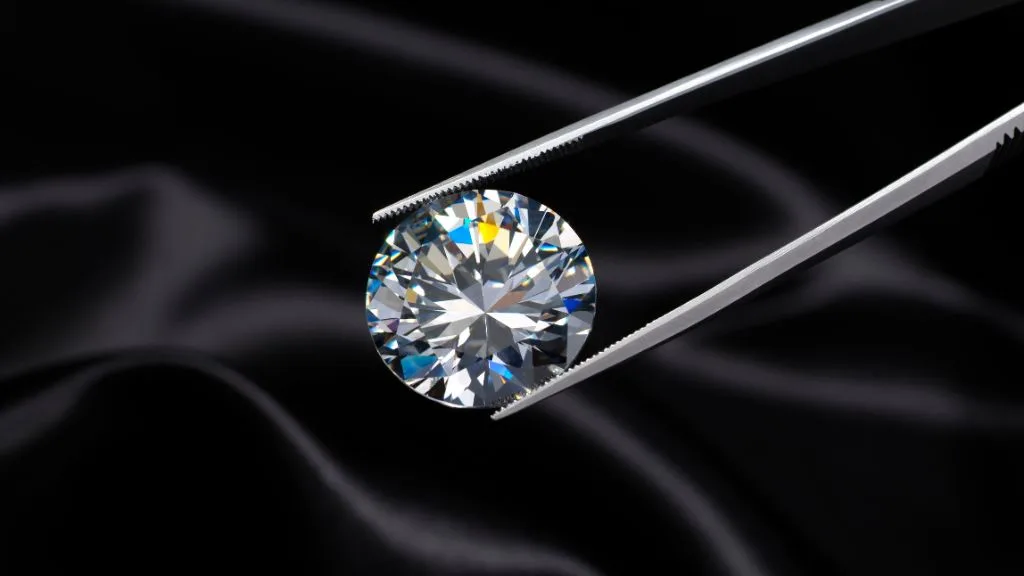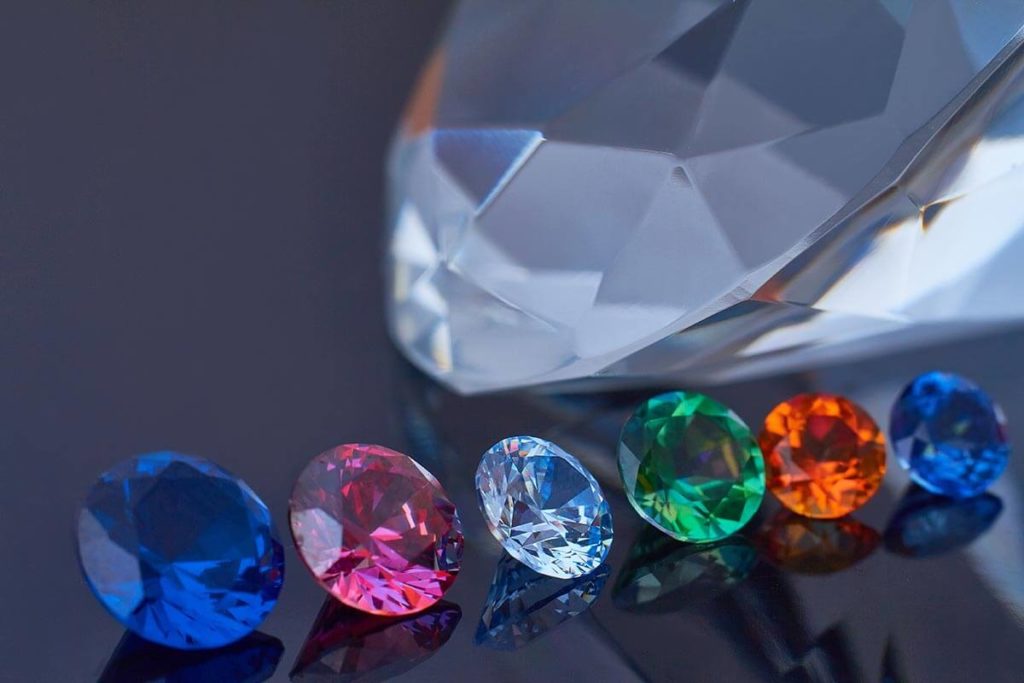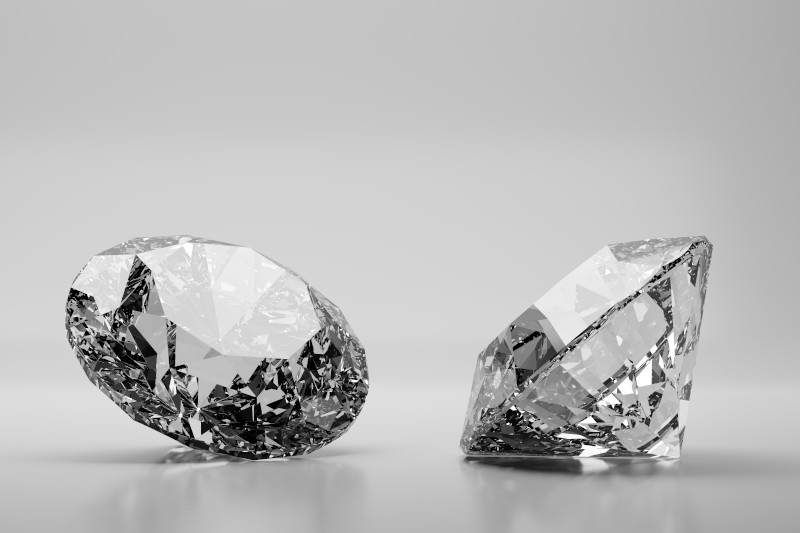
Choosing the perfect diamond—whether for an engagement ring, pendant, or any fine jewelry—often involves understanding the famous 4Cs: Cut, Color, Clarity, and Carat. This is just as true for lab grown diamonds as it is for natural lab grown diamonds 4Cs. In fact, the 4Cs remain the universal standard for evaluating the quality of any diamond, including lab made diamonds.
What Are Lab Made Diamonds?
Before diving into the 4Cs, it’s helpful to clarify what lab made diamonds are. These diamonds are created in laboratory environments using advanced technology that replicates natural diamond formation processes. Unlike simulants or synthetic substitutes, lab grown diamonds share the exact physical, chemical, and optical properties as mined diamonds.
Lab made diamonds offer a sustainable and often more affordable alternative, providing consumers with high-quality stones that meet rigorous grading standards.
The 4Cs: Cut, Color, Clarity, and Carat in Lab Grown Diamonds
The 4Cs serve as the backbone of diamond evaluation. Whether a diamond is natural or lab grown, these four characteristics determine its beauty, rarity, and value.
Cut
The cut refers to how well a diamond’s facets interact with light. It is arguably the most important of the 4Cs because even a diamond with perfect color and clarity can appear dull if the cut is poor. In lab grown diamonds, the cut quality is carefully controlled during the polishing stage to maximize brilliance and sparkle.
Jewelers working with lab made diamonds ensure that the angles and proportions meet industry standards, resulting in stones that dazzle with fire and scintillation.
Color
Color grading assesses how colorless a diamond is. The Gemological Institute of America (GIA) grades diamonds on a scale from D (colorless) to Z (light yellow or brown). Most lab grown diamonds fall within the near-colorless to colorless range, offering exceptional visual appeal.
Because lab made diamonds are grown in controlled settings, manufacturers can often produce stones with superior color grades, sometimes more consistently than natural diamonds.
Clarity
Clarity measures the presence of internal flaws, called inclusions, or surface blemishes. Like natural diamonds, lab grown diamonds can have inclusions, but often they have fewer impurities due to the controlled environment of their creation.
Advanced technology used in producing lab made diamonds helps minimize inclusions, and jewelers can select stones with high clarity grades for a pristine appearance.
Carat
Carat weight is simply the measure of how much a diamond weighs. Larger diamonds are rarer and more valuable. Thanks to advances in technology, lab grown diamonds can be created in a variety of sizes, from delicate accent stones to impressive centerpieces.
Because lab made diamonds are generally more affordable than mined diamonds, buyers often have the flexibility to choose larger stones without exceeding their budget.
How the 4Cs Impact the Value of Lab Grown Diamonds
Understanding how the 4Cs affect lab grown diamonds helps buyers make informed decisions. Each C contributes to the overall price and visual appeal of the stone.
For instance, a well-cut diamond with excellent color and clarity but smaller carat weight can often appear more brilliant and valuable than a larger diamond with poor cut or color. Similarly, buyers focusing on sustainability may prioritize lab made diamonds with higher clarity and color grades, knowing these stones come with ethical assurance.
Certification and Grading of Lab Made Diamonds
Reputable sellers of lab grown diamonds provide certificates from independent gemological labs like GIA, IGI, or AGS. These certificates detail the 4Cs, confirming that the stone meets strict quality standards.
Certification for lab made diamonds ensures transparency and helps buyers compare stones confidently. It’s essential to ask for grading reports when purchasing any diamond to verify its quality and authenticity.
The Growing Popularity of Lab Grown Diamonds
As consumers become more conscious of ethical sourcing and environmental impact, lab grown diamonds continue to gain popularity. Their comparable beauty and quality—measured through the same rigorous 4Cs—make lab made diamonds a compelling choice for engagement rings and fine jewelry.
Beyond ethics and affordability, the controlled production environment allows for a wide range of sizes and qualities, enabling more personalized and budget-friendly options.
Conclusion: Making Informed Choices with Lab Grown Diamonds
When shopping for a diamond, understanding the 4Cs is essential, regardless of whether you choose a natural or lab made diamond. The 4Cs provide a clear, consistent framework for evaluating the beauty and value of your stone.
Lab grown diamonds offer all the advantages of natural diamonds—brilliance, durability, and prestige—while adding benefits of sustainability and often better price points. By focusing on the 4Cs, buyers can confidently select lab made diamonds that meet their desires for quality and ethical sourcing, making their jewelry purchase both beautiful and responsible.






